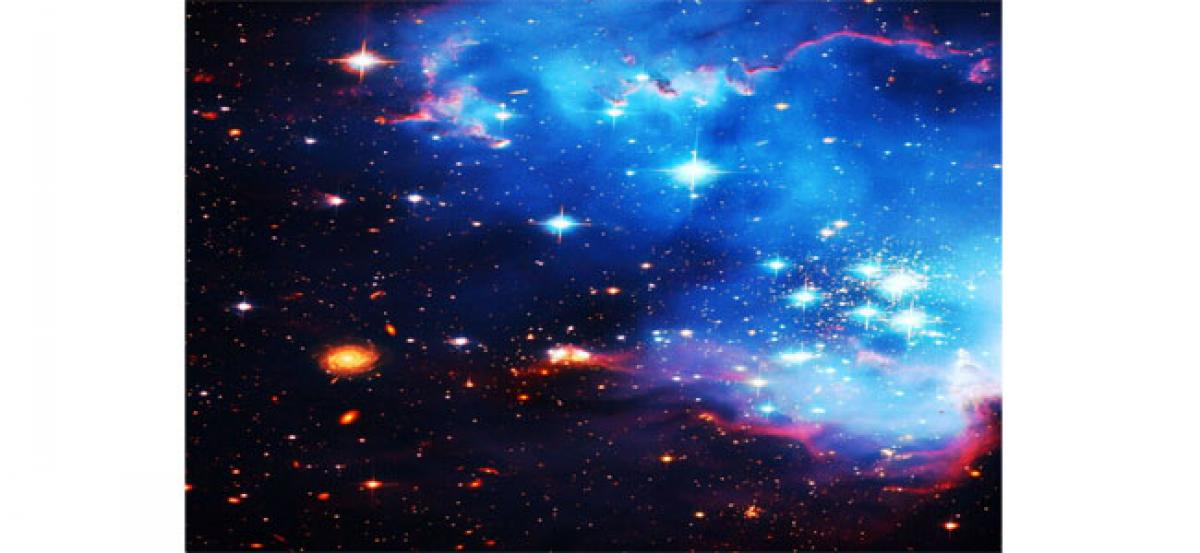Live
- Google Docs Introduces AI-Powered Clip Art Generator with Gemini
- LIC sets up stall at India Int’l Trade Fair
- Celebrating journalism and its role in society
- Supporting emotional well-being in children
- Govt plans 1 mn sq km oil exploration by 2030
- Empowering the future through quality education
- M4 MacBook Pro: Quantum Dot Display Enhances Colour and Motion Performance
- Three-tier probe on in Jhansi hospital blaze, says UP Dy CM Maurya
- ‘This is India’s century’, says PM Modi; urges all to aim for ‘Viksit Bharat’
- Crisil sees $7-trn GDP by 2031









